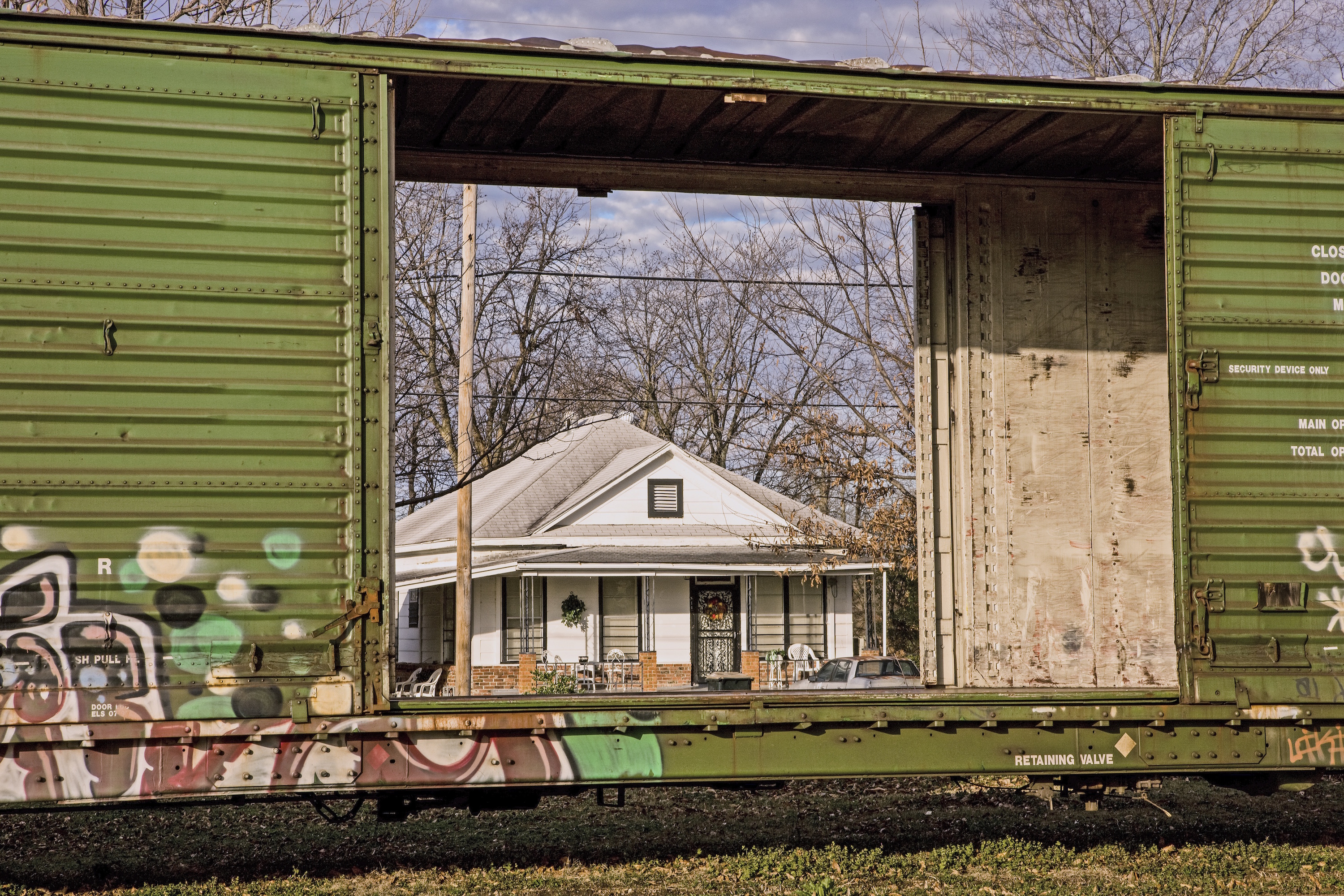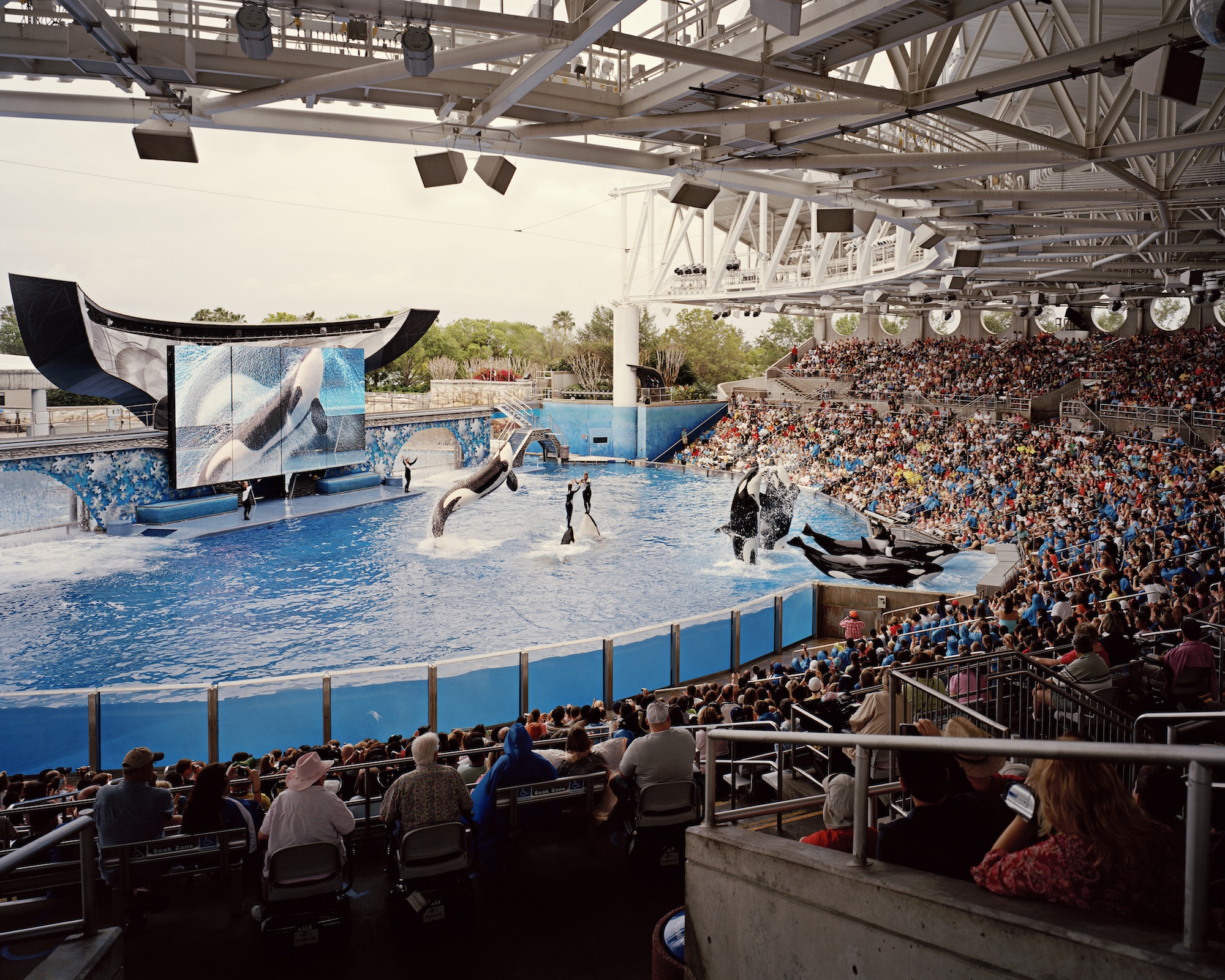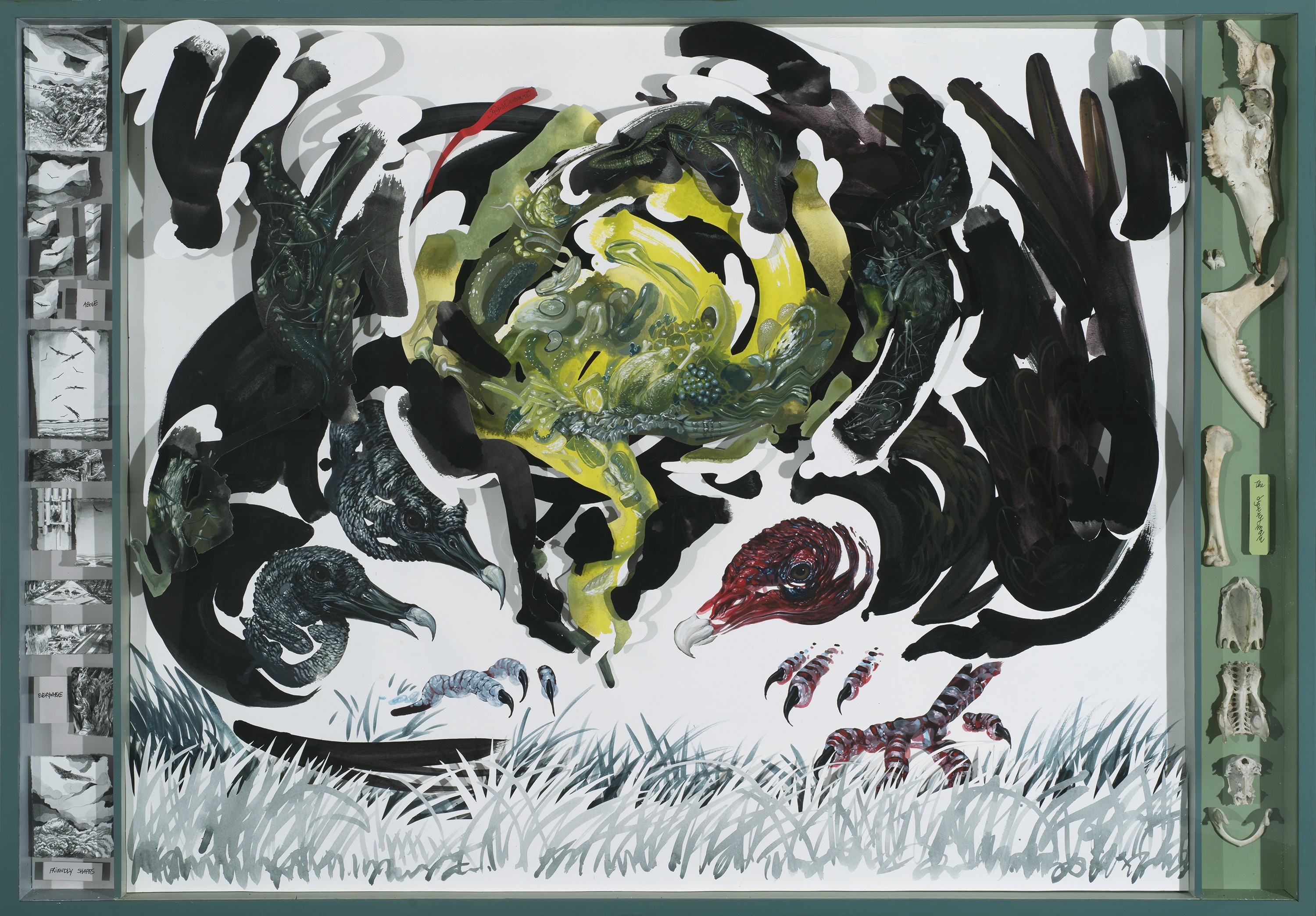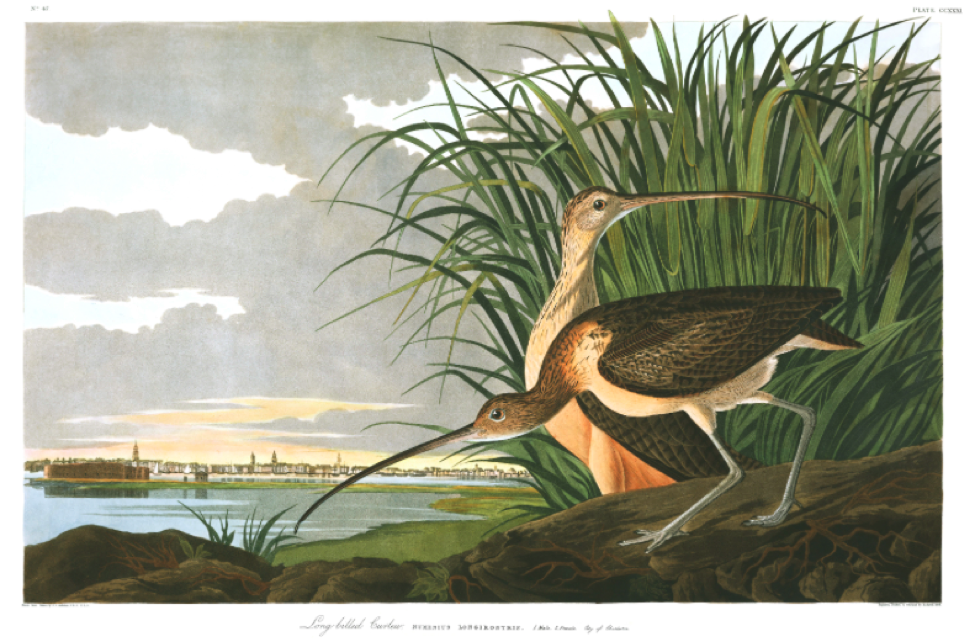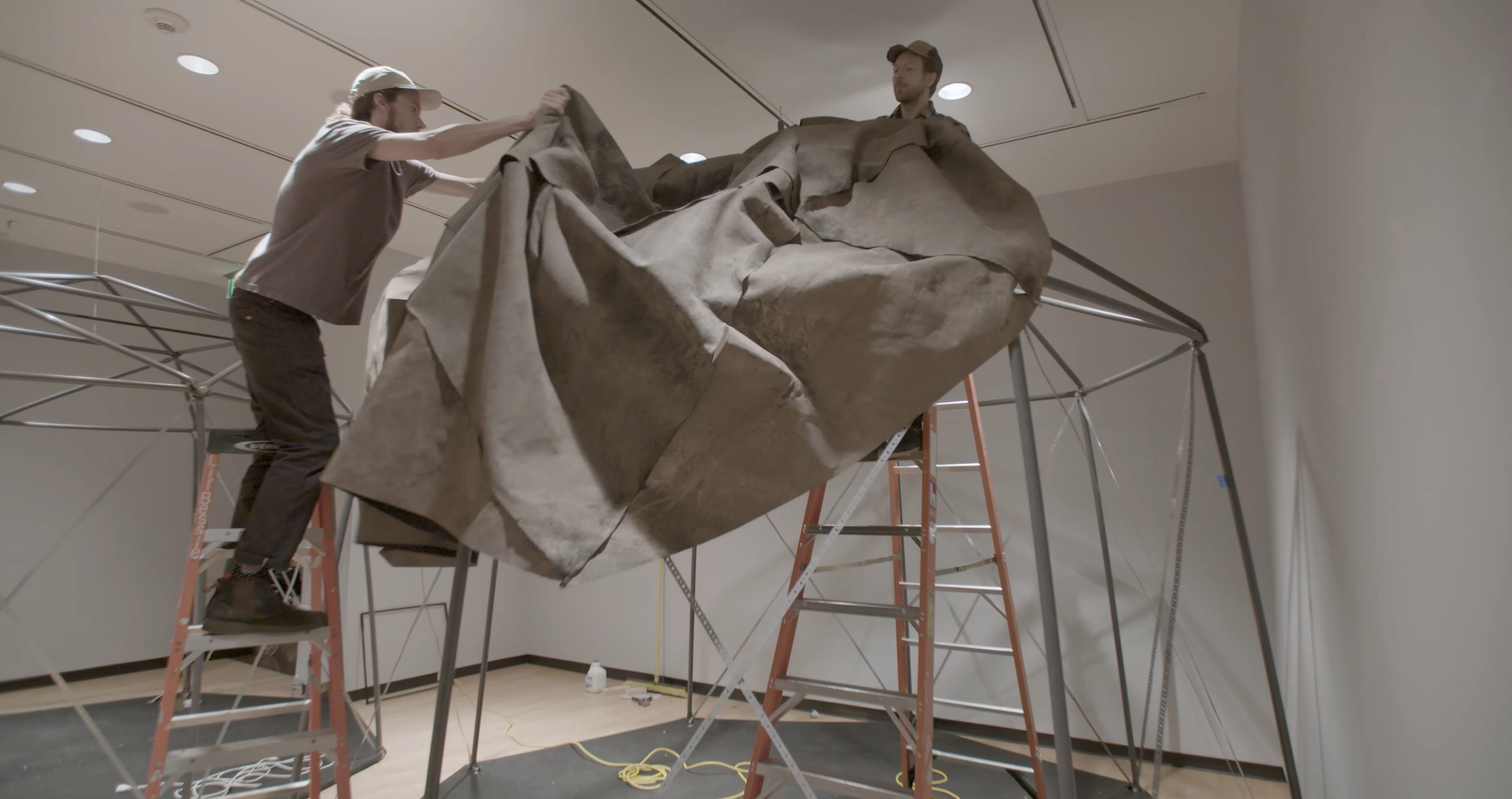EDU BLOG ARCHIVES
Old vs New South
Tue Dec 11, 2018
As William Faulkner said, “The past is never dead. It’s not even past.” This sentiment rings especially true in the South. The Southbound project is an interesting one, for it is photography of and about the “New South.” The photos are all taken after the year 2000, but what does the idea of the “New South” really mean?
READ WHOLE POST [+]
Langdon Clay is a New York native who relocated to Sumner, Mississippi with his wife and fellow photographer, Maude Schuyler Clay. Clay’s New York origins give him a unique perspective into the South. His exploration of Southern values is rooted in the people of the South and the mark they leave on the natural world. In the mini-film that accompanies the Halsey Institute’s exhibition Southbound: Photographs of and about the New South, Clay explains his desire to “get as much information as possible” from a single photograph, so for as long as it may last, its viewers will receive its message. As a self-proposed “Yankee” in the American South, Clay aims to “absent [himself] from the process” and serve as a “conduit” in order to present an honest portrait of the South he observes.
READ WHOLE POST [+]
After learning the history of McNair Evans’s Confessions for a Son series, I was immediately drawn to the photograph Christmas Morning, 2009 in the exhibition Southbound: Photographs of and about the New South. The series is a collection of images taken shortly after Evans father had passed. This particular image was captured at his grandmother’s home in North Carolina on Christmas Morning. The scene depicts an abandoned game of solitaire Evans’s mother had been playing the previous evening.
READ WHOLE POST [+]
Southbound: Photographs of and about the New South is a groundbreaking photography exhibition that provides fresh perspectives of the culture that constitutes today’s New South. It is composed of fifty-six photographers who have confronted and redefined the preconceived notions and stereotypes that come along with the region. One specific artist featured in Southbound who stands out is Kyle Ford. Ford is a Hong Kong-based photographer who explores how humans interface with the natural world. One of his images in particular, Shamu, Seaworld Florida, 2009 captures American commercialism and the world’s largest industry: tourism.
READ WHOLE POST [+]
As a naturalist, John James Audubon was responsible for the discovery of many North American birds. He was a trailblazer in his scientific findings, as well as in his approach to drawing from life. Audubon was exploring the United States and documenting birds that no one else had documented. Every new chirp or song could signal a new bird, a species no one had ever recorded- or possibly even seen before. There are, in fact, several birds painted and explained in The Birds of America that are not actual species. Some are female birds that look different from the males, others are immature birds mistaken for new species.
READ WHOLE POST [+]
Famed ornithologist John James Audubon developed a peculiar love of nature and drawing at an early age, an interest that melded art with natural science and proved integral to the development of both fields in the United States. Raised in Nantes, France, Audubon moved to America in 1803 to manage Mill Grove, his father’s plantation near Philadelphia. This was the first of many residencies across the United States—from Kentucky to Louisiana to Ohio—where Audubon brought his drawing practice and goal of eventually publishing a compendium of all of the birds of North America.[2] In 1831, Audubon took what would be a decades-long project, and his magnum opus, to Charleston.
READ WHOLE POST [+]
In his shadowbox Wood Duck (Dance for Nola), 2017, Hitnes focuses on the condition of the bird’s environment and how it has changed from John James Audubon’s era—the early 19th century. In John James Audubon’s Summer or Wood Duck, three birds are depicted nestled in tree branches while a fourth flies in from the left-hand side. The birds are coupled together and noticeably interact with each other and their environment. While Hitnes depicts the same species in his shadowbox paintings, his environment is an antithesis of Audubon’s.
READ WHOLE POST [+]

The Image Hunter: On the Trail of John James Audubon is currently being exhibited at the Halsey Institute of Contemporary Art. This striking exhibition features the work by the Italian artist Hitnes, who retraced Audubon’s travels in the United States, while sketching and painting what he saw along the way. John James Audubon was an American ornithologist, naturalist, and painter. He was notable for his extensive studies documenting all types of American birds and for his detailed illustrations that depicted the birds in their natural habitats during the early nineteenth century. Almost two-hundred years later, Hitnes commenced a three-month road-trip, retracing twenty of the same cities Audubon had traveled through, including Charleston, SC! Along his route Hitnes created an updated visual documentation of the many birds Audubon had originally painted.
The piece that I am most drawn to in Hitnes’s collection is Wild Turkey (Game), 2017. This image is done primarily with watercolors and acrylic paint on paper with found objects in a shadowbox. This medium variation is the most apparent difference between Hitnes and Audubon’s work. The multi-dimensional style of art takes a modern twist on Audubon’s early paintings. In comparison, the color palette used in both images is similar, ranging from deep reds to rich emerald hues. The position of the birds in both images differ - Audubon painted his turkey with its feathers down, whereas, Hitnes painted his turkey with its feathers fanned out.
READ WHOLE POST [+]
The Halsey Institute for Contemporary Art is a home to a diverse group of staff members who work hard behind-the-scenes to ensure that visitors have a memorable cultural experience.
The job of a preparator, or art handler, is primarily taking care of installation and deinstallation of artwork on display in the gallery. At the Halsey Institute, this role is taken up by Andrew King. King’s job at the Halsey Institute is very important, especially for exhibitions like the one up now, The Carrion Cheer, A Faunistic Tragedy by German artist duo Matthias Böhler & Christian Orendt. Interested in all the work that went into this captivating installation, I was able to interview Andrew and learn a little bit more about exactly what he does.
READ WHOLE POST [+]
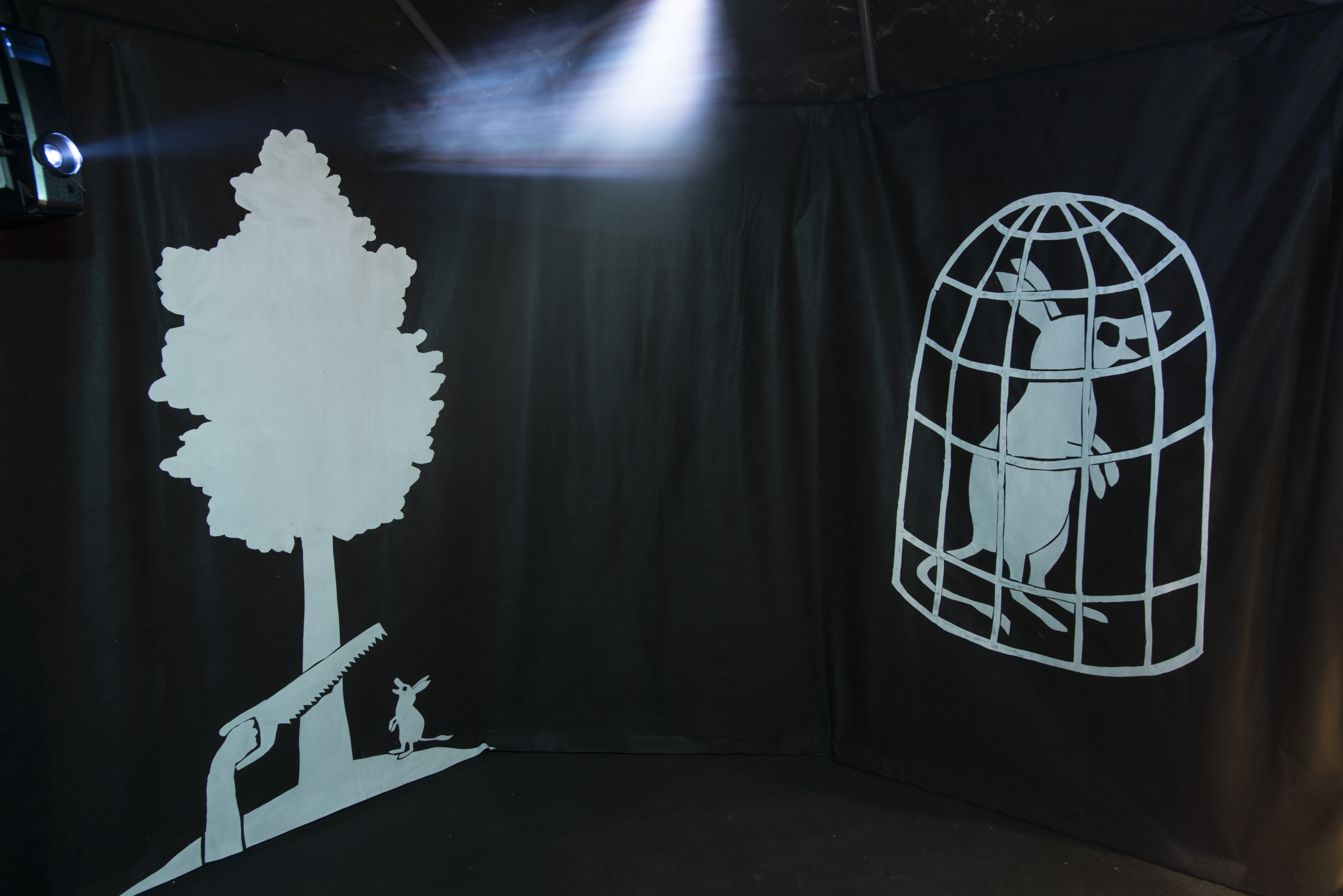
The Earth has already witnessed five mass extinctions and is about to experience one more. Our planet is now in the midst of its sixth mass extinction of plants and animals—which is currently the worst series of species extinctions since the loss of the dinosaurs 65 million years ago. Scientists estimate that we are now losing species at 1,000 to 10,000 times the background rate, with literally dozens going extinct every day. Opposed to past mass extinctions, caused by natural events like asteroid strikes, volcanic eruptions, and natural climate shifts, the current crisis is almost utterly caused by us—humans.
Böhler and Orendt’s exhibition, The Carrion Cheer, A Faunistic Tragedy, evokes viewers to contemplate their own relationships with the environment, as well as their moral responsibilities for conservation relating to the life of animals. This multi-sensory installation features apparitions of extinct animals such as the Pig-footed Bandicoot and the Carolina Parakeet—who emerge in chorus to sing a song of forgiveness to humans for causing their ultimate extinction. Böhler & Orendt’s project confronts humanity’s desire for exponential growth.
READ WHOLE POST [+]



